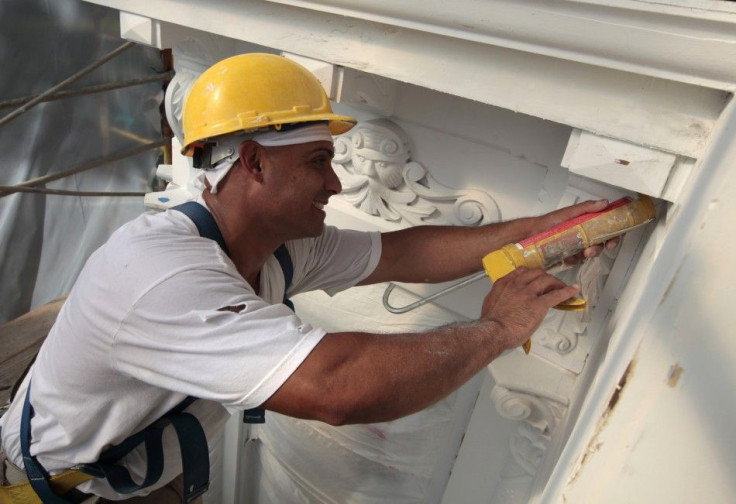Unemployment Falls to 8.3% in January; Payrolls Surge 243,000
Participation rate, however, remains a concern

Hiring in the U.S. accelerated in January for a third month and the jobless rate fell unexpectedly to the lowest point in almost three years, signaling the labor market is gaining momentum.
Payrolls climbed last month by 243,000 after an upward revised gain of 203,000 in December, the Labor Department said Friday. The median forecast of economists surveyed by Thomson Reuters called for an increase of 150,000 workers.
Also, January's jobless rate dropped to 8.3 percent, the lowest level since February 2009, and beat economists' median forecast of 8.5 percent.
Employment in the private sector rose by 257,000, surpassing the median consensus of 170,000.
Manufacturing sector added 50,000 jobs in January, with nearly all of the increase coming from durable goods manufacturing, which accounted for 30,000 of the 50,000 jobs added. Durable goods manufacturing has added 418,000 jobs over the past 2 years.
The construction sector employed 21,000 workers in January, following a gain of 31,000 in the previous month. Over the past 2 months, nonresidential specialty trade contractors added 30,000 jobs.
Government employment changed little in January. Over the past 12 months, the sector has lost 276,000 jobs.
However, economists remain cautious.
The big drop in the unemployment rate certainly deserves closer scrutiny, Jim Sloan, wealth manager and president of Jim Sloan & Associates in Houston, said before the Friday report.
The improvement in the unemployment rate over the past couple of months probably exaggerates the extent of the improvement that has taken place in the labor market, said Mark Vitner, senior economist with Wells Fargo Securities LLC.
Vitner said one of the factors that contributed to the improvement in the unemployment rate is people dropping out of the workforce, with a lot of them being young folks.
Participation Rate
Friday's report showed January's labor participation rate dropped another 0.3 percentage point and is now standing at 63.7 percent, the lowest level since May 1983. The decline in unemployment rate is partly due to more people giving up the hope of a job and simply dropping out of the workforce.
The unemployment rate, the normal mechanism for understanding the percentage of workers who want to work but cannot find work, is telling us less and less each month.
As long as you are not working and you are looking for work, that's what the government says is the unemployed, Sloan said.
When the recession officially started in December 2007, the labor participation rate was 66 percent and the unemployment rate was 5 percent.
By the time the recession officially ended in June 2009, the labor participation rate dropped to 65.7 percent. The unemployment rate at that time was 9.5 percent (the peak came four months later and registered at 10.1 percent).
When the economy starts to turn around, those who have dropped out of the workforce may be encouraged by positive headlines to resume their job search. If that happens it could, at least temporarily, increase the unemployment rate.
Fed Forecast
In their latest policy-making meeting last week, the Federal Reserve officials estimated that gross domestic product will expand between 2.2 percent and 2.7 percent this year. This range is softer than the range given in November of 2.5 percent to 2.9 percent and is considerably lower than the projections made in June of 3.3 percent to 3.7 percent. The economy grew only 1.7 percent in 2011.
Philadelphia Federal Reserve Bank President Charles Plosser said Wednesday he expects further gradual declines in unemployment, with the rate falling to around 8 percent or a little less by the end of this year.
ALSO READ: Disturbing Job Charts: Will 2012 Be a Better Year? [SLIDESHOW]
ALSO READ: Major Layoff Announcements in 2012 [SLIDESHOW]
ALSO READ: Highest Paid CEO Exits: Parting is Such Sweet ... Compensation [SLIDESHOW]
© Copyright IBTimes 2024. All rights reserved.






















